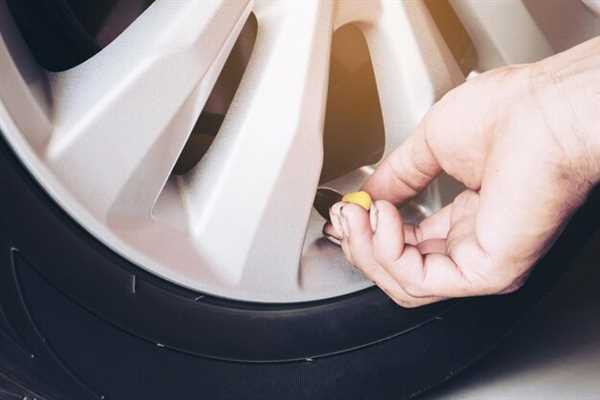
Engaging in assessments of your vehicle’s stopping system should happen at least once every six months. Check the fluid levels and ensure there are no leaks, as this can severely impact performance. If the fluid appears dark or dirty, consider replacing it to maintain optimal function.
Inspect the pads and discs for wear and tear. A thickness of at least 3 mm is advisable for pads, while discs should be free of deep grooves or warping. Replacing worn components not only enhances safety but also improves overall driving experience.
Additionally, pay attention to the responsiveness of the system. A spongy or overly firm pedal can indicate underlying issues requiring immediate attention. A quick evaluation can prevent potential malfunctions that could lead to hazardous situations on the road.
Conduct a visual test of the warning lights on the dashboard. If any alerts persist, consult a professional to diagnose the issue. Proactive monitoring is a key strategy in ensuring reliability and peace of mind every time you hit the road.
How to Identify Signs of Brake Wear

Inspect the thickness of the friction material. If it appears less than a quarter of an inch, replacement is necessary.
Listen for unusual noises while applying the pedal. Squeaking or grinding sounds indicate that components might require immediate attention.
Check the pedal feel. A spongy or soft sensation could suggest air in the hydraulic system or worn components.
Monitor vehicle response during braking. If the car pulls to one side, this may signal uneven wear or malfunctioning parts.
Observe for vibrations when slowing down. This can point to warped rotors or other underlying issues needing investigation.
Inspect the surface of the rotors for scoring or grooves, which indicate excessive wear and may require replacement.
Pay attention to warning lights on the dashboard. Many modern vehicles have indicators to alert drivers about brake system malfunctions.
Step-by-Step Guide to Performing Brake System Inspections

Inspect the fluid level: Check the reservoir to ensure the brake fluid is at the recommended level. Low fluid can indicate leaks or worn components.
Examine hoses and lines: Look for cracks, fraying, or leaks in the rubber hoses and metal lines. Any damage can compromise performance and safety.
Test the pads and rotors: Inspect the thickness of the pads and examine the surface of the rotors. Replace worn pads and ensure rotors are free from scoring or significant wear.
Check for unusual noises: Listen for grinding or squeaking sounds while the vehicle is in motion. These noises might signal a need for immediate attention.
Inspect the calipers: Ensure calipers are functioning correctly and free from leaks. Check for rust or signs of wear that could affect their operation.
Assess the performance: Conduct a test drive at low speeds. Pay attention to how the vehicle responds to braking. Any pulling or delay indicates a problem.
Inspect the warning lights: Monitor the dashboard for warning indicators related to the braking system. Address any alerts promptly for peace of mind.
Verify emergency braking: Test the emergency brake to ensure it engages fully and holds the vehicle in place, especially on inclines.
Understanding the Impact of Brake Maintenance on Road Safety
Routine inspections of your stopping system directly contribute to road safety. Conduct checks every 6,000 to 10,000 miles or as recommended by your vehicle’s manual to identify wear and tear early.
Worn pads can lead to longer stopping distances, increasing the risk of accidents. Additionally, keep an eye on brake fluid levels, as low levels can indicate leaks, which compromise system integrity.
Monitor the condition of rotors; scoring or warping can affect performance. Listen for unusual noises during operation, as squeaking or grinding sounds often signal that immediate action is needed.
Regular assessments create a proactive approach, significantly improving vehicle reliability and driver confidence. Invest in quality components during replacements to enhance longevity and effectiveness.
Stay vigilant about performance indicators, including a spongy pedal feel or vehicle pulling to one side. Address these signals promptly to maintain optimal stopping power and enhance safety on the road.


